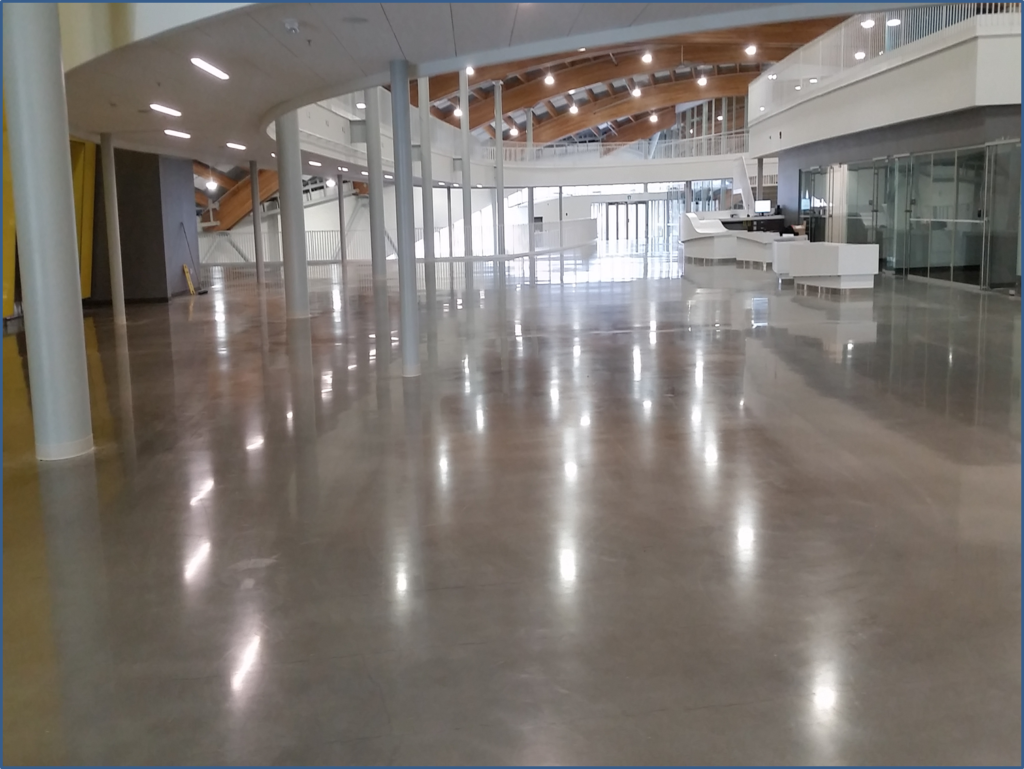Here, we will survey the potential choices and viable answers for on-site assessment of concrete quality. Concrete quality is by a far the most significant property of concrete. It speaks to the mechanical properties of concrete. Quality is considered a key factor for durability performance.
On location assessment of solid quality is a principle challenge in the condition evaluation of existing framework. The core is tested for compressive strength

Compression Test On Concrete Cores
Coring and testing for quality may the first and most dependable arrangement. For this situation, solid core is taken from the current structure. The center needs cutting and surface arrangement. The center is tried for compressive quality.
Pull Out Test
The idea driving this technique is that the ductile power required to pull a metal circle, together with a layer of cement, from the surface to which it is connected, is identified with the compressive quality of the concrete. The haul out test is regularly utilized for early finding of solidarity issues. However, it very well may be utilized to assess the quality of concrete in existing structures. Pull out testing includes connecting a little bit of gear to the outside bolt, nut, screw or fixing. This is then pulled to the assigned pressure burden level to decide how solid and secure the fixing is.
Rebound Hammer
The strategies dependent on the rebound guideline comprise of estimating the rebound of a spring driven mallet mass after its contact with concrete. The primary purpose for its ubiquity, is its straightforwardness, and advantageous of utilization for field applications.
Ultrasonic Pulse Velocity
Ultrasonic Pulse Velocity is a powerful strategy for quality control of solid materials, and distinguishing harms in auxiliary segments. These techniques have been customarily utilized for the quality control of materials, generally homogeneous materials, for example, metals and welded associations. With the ongoing headway in transducer innovation, the test has been broadly acknowledged in testing solid materials. The idea driving the innovation is estimating the movement time of acoustic waves in a medium, and relating them to the flexible properties and thickness of the material. Travel time of ultrasonic waves reflects inward state of test territory. A few specialists have attempted to build up a connection between the quality and wave speed.
Combined Methods
The blend of UPV and Rebound sledge has been considered by a few specialist. The joined techniques frequently convey increasingly far reaching results. The improvement of the precision of the quality forecast agreeing is accomplished by the utilization of rectification elements considering the impact of cement type, concrete substance, petrologic total sort, fine total division, and total most extreme size. The exactness of the blend of bounce back mallet and ultrasonic heartbeat speed brings about improved precision in evaluating the compressive quality of concrete.
